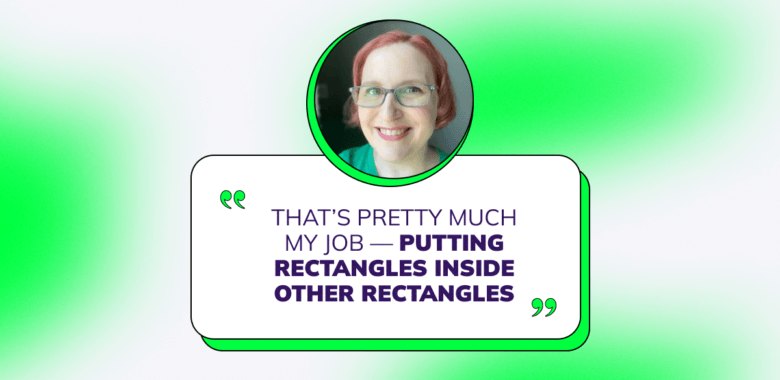Subscribe to FWD: by Selzy — our biweekly newsletter with email tips and best practices, inspiring designs, and more. Be the first to know when we publish new interviews and stick around for even more helpful blog articles.
Anne Tomlin is the owner and HTML Email Developer at Emails Y’all.










